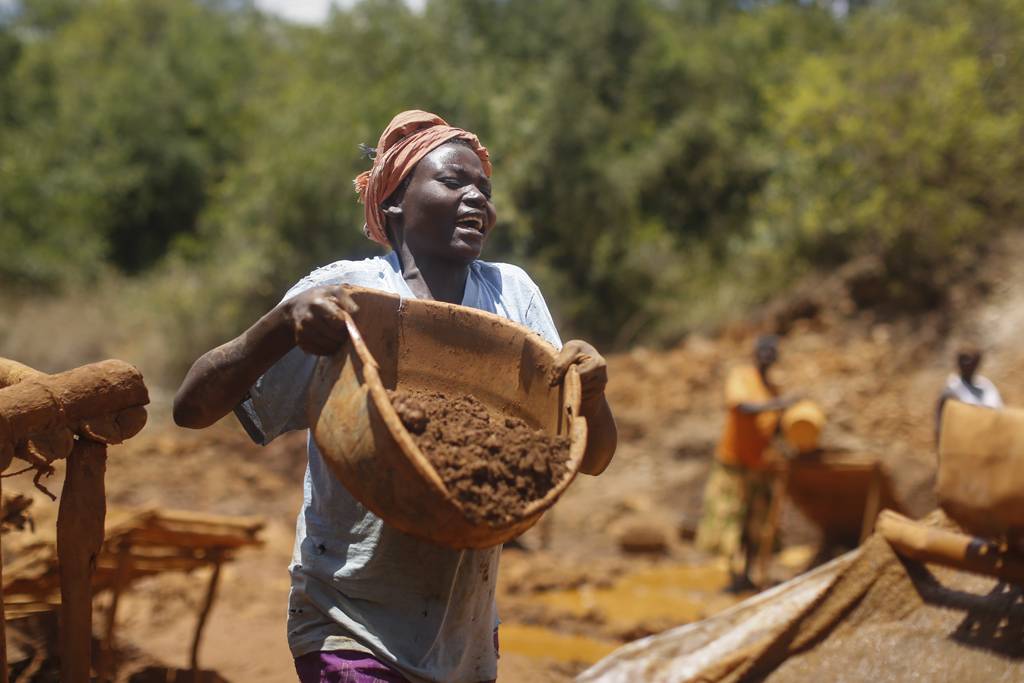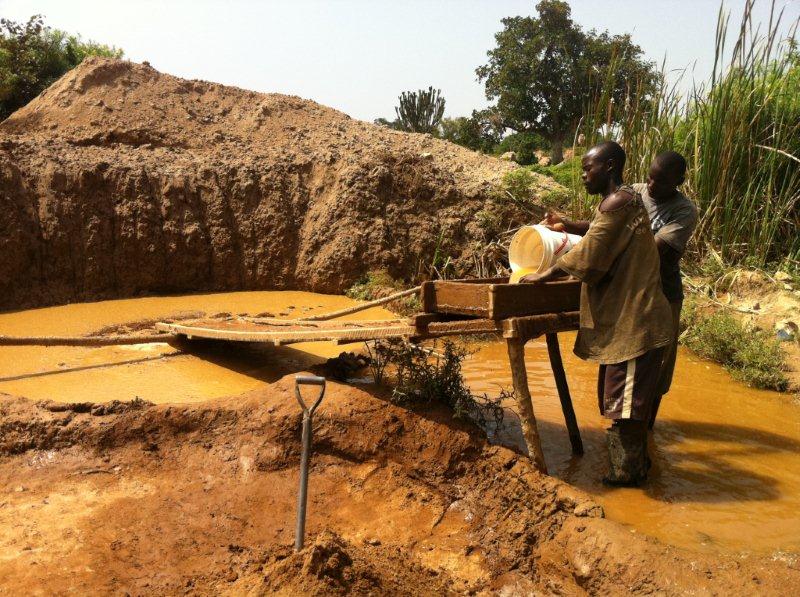
Kenya is reviewing its mining code, a year after enacting new legislation, as it seeks to attract investment into an industry that’s barely grown over the past five years.
The government is working with the U.K. Department for International Development-funded Extractives Hub to come up with a revised law that balances investor returns with government-revenue needs and international best practice, Mines Secretary Dan Kazungu said. The review is expected to be submitted to the ministry in the next few weeks, he said.
“We want to be attractive, but we also want to get the most out of our resources, based on the spirit of win-win,” Kazungu said in an interview June 30 in the capital, Nairobi. “The investor must get a good return on their investment, but win for government, and win for the community as well.”
Mining companies are facing similar legislative disruption in other African countries. In South Africa, the main industry lobby group is going to court to challenge new rules that seek to give the black majority a bigger stake in the country’s mineral wealth. Tanzania’s parliament is debating new laws that will allow it to renegotiate contracts, while the Democratic Republic of Congo plans to overhaul its mining code to increase the state’s share of revenue from the industry.
Mining contributed 1.1 percent to Kenya’s total gross domestic product in 2016, compared with 1 percent in 2012, according to data published by the Kenya National Bureau of Statistics. The country has lagged behind neighbors like Tanzania, where the industry contributed about 4.8 percent to GDP in 2016, according to the country’s statistics agency.
Mineral Royalties
Kenya’s existing code imposes royalty rates ranging from 1 percent of the gross sales value of industrial minerals such as gypsum and limestone, to 5 percent for gold, 8 percent for coal, 10 percent for titanium ores, niobium and rare-earth elements, and 12 percent for diamonds.
Kenya last reviewed its mining royalties in 2013, when then-Mines Minister Najib Balala canceled all mining licenses and raised royalties.
The Treasury is working on a new income tax act, as part of its long-running review of tax legislation, that is receiving “considerable” input from the Mines Ministry, Kazungu said. Issues being addressed include cross-border mineral trading, he said.
Corporate income tax rates for mining firms operating in Kenya vary from 30 percent for companies domiciled in the East African country to 37.5 percent for non-residents.
“We obviously are starting from the position that we want to be competitive,” Kazungu said. “Investors have options. If you frustrate them here, they will probably go somewhere else.”
Kenya is the world’s third-biggest producer of soda ash, used to make glass, and ranks seventh in output of fluorspar, used in steel, according to the U.S. Geological Survey. It also has deposits of rubies and sapphires.

